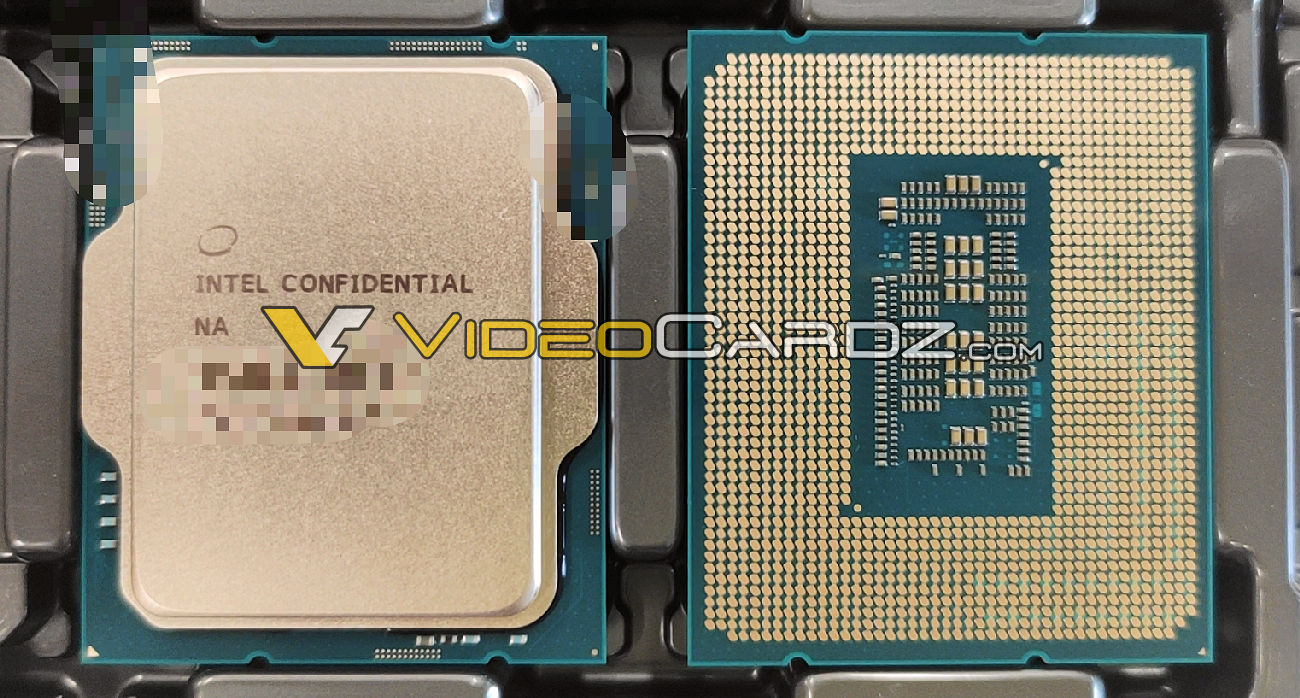

Maybe next year we’ll finally see Intel’s desktop CPUs on 10nm, but by then AMD will have an even more refined process. Still, AMD now has the advantage when it comes to core count and architecture efficiency.
#Intel s processors upgrade#
Based on the specs alone, the Intel 10th-gen desktop processors seem like a solid upgrade for anyone with a 3-year old PC. You can expect to see the unlocked “K” CPUs in May, but we don’t have a timeline for the other chips. (It’s worth noting that TDP is quite a fluid term, though, so we won’t know what that 125-watt number will translate to in real-world use until we can test a chip for ourselves.) The 10900K has a 125-watt TDP, for example, while AMD's Ryzen 9 3900X's is just 105-watts. That's a smart move, since all of Intel's new chips still have higher TDPs (thermal design profiles) than AMD's. The new processors also feature a thinner die along with a thicker copper IHS (integrated heat spreader), which should also help keep things cooler. It'll also let you turn off hyperthreading on individual cores - which might seem counter-intuitive at first, but Intel explains it’s a useful way to reduce heat, every overclocker's worst enemy. Keeping with the speed theme, Intel is giving enthusiasts even more ways to overclock. There's a redesigned Intel Extreme Tuning Utility, which gives you more control over voltage and frequency.

That's also how Intel is reaching that lofty 5.3GHz figure on a single core, but it'll also deliver slightly higher boost speeds across all cores too. The updated Turbo Boost Max 3.0 feature, for example, will identify the two fastest cores on your chip and have them tackle the brunt of your workload. And there's also "Thermal Velocity Boost," a way for i9 processors to eke out a bit more speed when they're under 70 celsius. We learned earlier this month that Intel's upcoming 10th-gen H-series laptop CPUs will also reach 5.3GHz, so that milestone isn’t too surprising on the desktop side.Īnd since Intel knows that it has an advantage with clock speed, it's aiming to highlight that wherever possible. While AMD is pushing more cores and better efficiency - its chips are built on a modern 7nm architecture while Intel is still stuck on 14nm with these "Comet Lake" processors - Intel is leaning on higher clock speeds.
#Intel s processors update#
Update your settings here, then reload the page to see it. Intel will debut its 12th Gen Core 'Alder Lake-S' desktop processors either toward the end of 2021, or early 2022, introducing the LGA1700 socket, 600-series chipset, and more importantly, hybrid CPU core architecture to the desktop space. This content is not available due to your privacy preferences.


 0 kommentar(er)
0 kommentar(er)
